Home>Gardening & Outdoor>Landscaping Ideas>How Low To Cut My Grass Before Winter
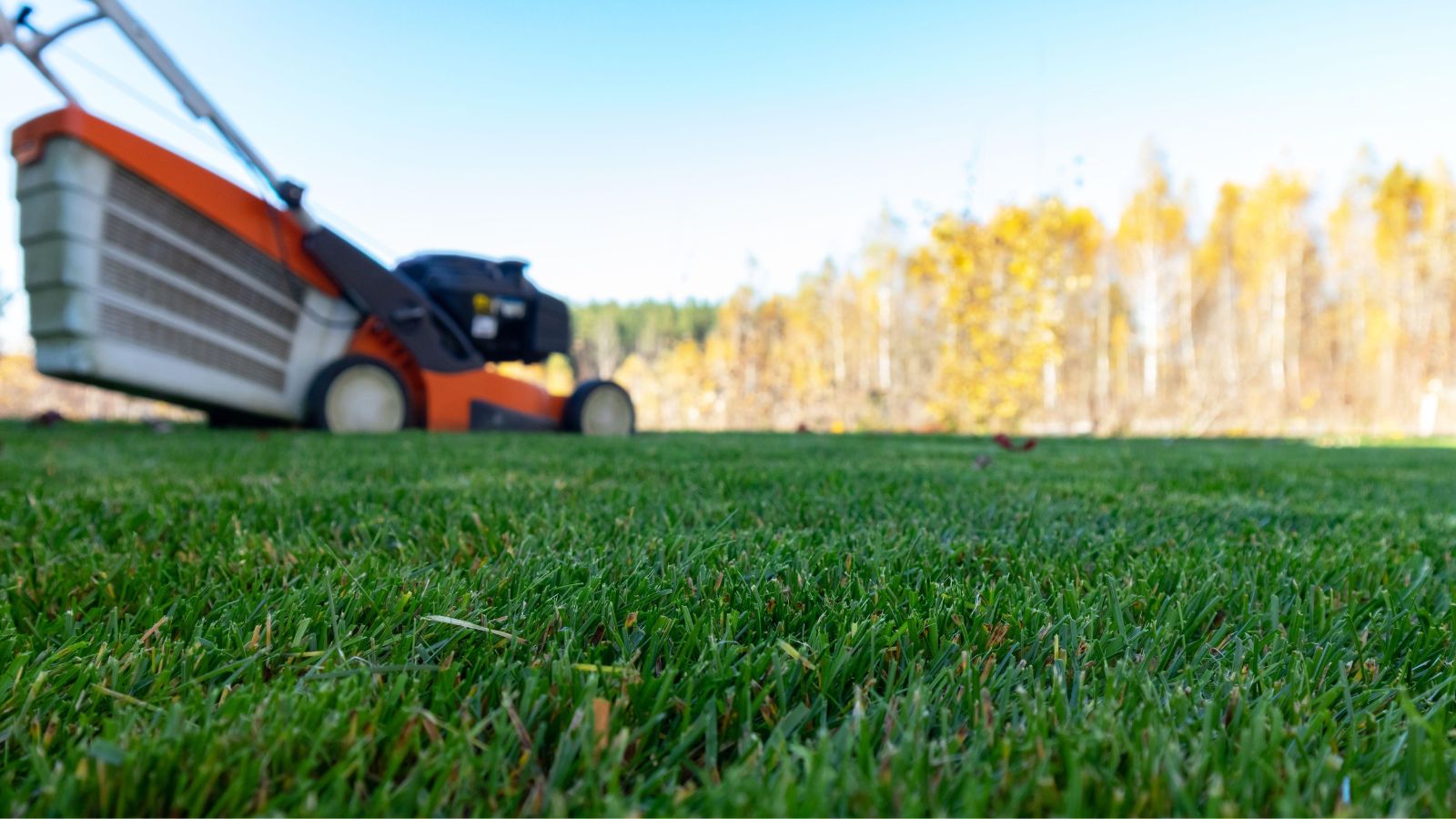

Landscaping Ideas
How Low To Cut My Grass Before Winter
Modified: October 20, 2024
Get expert landscaping ideas for cutting your grass before winter. Learn how low to cut your grass to prepare for the colder months. Achieve a healthy lawn with our tips.
(Many of the links in this article redirect to a specific reviewed product. Your purchase of these products through affiliate links helps to generate commission for Storables.com, at no extra cost. Learn more)
Introduction
As the vibrant colors of autumn fade into the cool embrace of winter, it’s essential to prepare your lawn for the seasonal transition. One crucial aspect of this preparation is determining the ideal grass height before winter. Many homeowners wonder, “How low should I cut my grass before winter?” This question is pivotal, as the right grass height can significantly impact the health and appearance of your lawn during the colder months.
In this comprehensive guide, we will delve into the importance of cutting grass before winter, explore the ideal grass height for the season, consider various factors that influence this decision, and provide valuable tips to ensure that your lawn remains healthy and resilient throughout the winter. By understanding the significance of this pre-winter task and adopting best practices, you can set the stage for a lush, vibrant lawn when spring arrives.
Key Takeaways:
- Properly cutting your grass before winter is crucial to prevent matting, minimize pest havens, and promote healthier growth, setting the stage for a lush lawn in spring.
- Consider factors like grass type, local climate, and past issues when determining the ideal grass height before winter. Gradually reduce the height, use sharp blades, and leave clippings for a resilient lawn.
Read more: When To Cut Grass After Winter
Importance of Cutting Grass Before Winter
Preparing your lawn for the winter is not only about protecting it from the harsh elements but also about setting the stage for a flourishing lawn when spring emerges. Cutting your grass to the right height before winter is a crucial aspect of this preparation. Here’s why it’s so important:
- Preventing Matting: When grass is left too long before winter sets in, it becomes susceptible to matting. This occurs when the grass blades lie flat against one another, creating a dense layer that inhibits airflow and sunlight. This can lead to mold and disease, ultimately damaging the grass.
- Minimizing Pest Havens: Long grass provides shelter for pests such as rodents and insects. By maintaining an appropriate grass height, you can reduce the likelihood of these pests making themselves at home in your lawn during the winter months.
- Promoting Healthier Growth: Trimming the grass to the right height before winter encourages the development of stronger roots and healthier growth patterns. This sets the foundation for robust regrowth when spring arrives.
- Enhancing Snow Mold Prevention: Snow mold is a common issue in lawns during the winter. By cutting the grass to the proper height, you can minimize the risk of snow mold developing and causing damage to your lawn.
By understanding the importance of cutting your grass before winter, you can take proactive steps to safeguard the health and appearance of your lawn, ensuring that it remains resilient in the face of winter’s challenges.
Ideal Grass Height Before Winter
When it comes to determining the ideal grass height before winter, it’s essential to strike a balance. While allowing the grass to grow too long can invite a host of issues, cutting it too short can leave it vulnerable to damage from the cold and other winter-related stressors. The optimal grass height for winter varies depending on the grass type, climate, and other factors. Here are some general guidelines to consider:
For cool-season grasses such as Kentucky bluegrass, perennial ryegrass, and fescues, a height of around 2 to 3 inches is recommended before winter. This length provides adequate insulation for the grass roots and crowns while minimizing the risk of matting and pest infestations.
Warm-season grasses, such as Bermuda grass and zoysia grass, should be maintained at a slightly lower height, typically around 1 to 2 inches before winter. This shorter length helps prevent the development of thatch and reduces the likelihood of disease in these grass varieties during the colder months.
It’s important to note that these are general guidelines, and the specific recommendations for your lawn may vary based on factors such as your local climate, the health of your lawn, and any previous issues with disease or pest infestations. Consulting with a local lawn care professional or extension office can provide valuable insights tailored to your specific circumstances.
By adhering to the recommended grass height for your specific grass type and local conditions, you can provide your lawn with the best chance of withstanding the challenges of winter and thriving when spring arrives.
It’s best to cut your grass to a height of 2-2.5 inches before winter. This helps prevent disease and allows the grass to withstand the cold weather.
Factors to Consider When Cutting Grass Before Winter
When determining the optimal grass height before winter, several factors come into play, each influencing the decision-making process. Understanding these factors can help you make informed choices that promote the health and resilience of your lawn. Here are some key considerations:
- Grass Type: Different grass species have varying requirements, with cool-season and warm-season grasses necessitating distinct approaches. Understanding the specific needs of your grass type is fundamental to determining the ideal pre-winter grass height.
- Local Climate: The climate in your region plays a significant role in lawn care. Colder climates may require a different approach than milder ones, as the grass must be prepared to endure freezing temperatures, snow, and ice.
- Health of the Lawn: Assessing the current state of your lawn is crucial. If your grass is already stressed or damaged, it may require different considerations than a healthy, thriving lawn.
- Past Issues: Reflecting on any previous problems, such as disease outbreaks or pest infestations, can provide valuable insights. Tailoring your approach based on past experiences can help prevent recurring issues.
- Thatch Buildup: If your lawn has a significant thatch layer, addressing this issue before winter is essential. Thatch can insulate the soil, leading to shallow root systems and increased susceptibility to winter damage.
- Upcoming Weather Patterns: Considering the weather forecast for the upcoming winter can inform your decision. If an unusually harsh winter is predicted, adjusting the grass height accordingly may be beneficial.
By taking these factors into account when determining the ideal grass height before winter, you can tailor your approach to suit the specific needs and conditions of your lawn, setting the stage for a healthy and resilient winter lawn.
Tips for Cutting Grass Before Winter
As you prepare to cut your grass before winter, several tips can help ensure that you approach this task effectively, promoting the health and vitality of your lawn. By incorporating these tips into your lawn care routine, you can set the stage for a resilient and lush lawn when spring arrives.
- Gradual Reduction: Rather than abruptly cutting the grass to the desired winter height, consider gradually reducing the height over the course of a few mowing sessions. This gradual approach can minimize stress on the grass and help it acclimate to the lower height.
- Sharp Blades: Ensure that your lawn mower blades are sharp. Dull blades can tear the grass, leaving it vulnerable to disease and stress. Sharp blades create clean cuts, promoting healthier regrowth.
- Leave Clippings: Consider leaving the grass clippings on the lawn after mowing. As they decompose, they can provide valuable nutrients to the soil, benefiting the grass as it prepares for winter dormancy.
- Mow When Dry: It’s best to mow the lawn when the grass is dry. Wet grass can result in uneven cuts and clumping, potentially smothering the grass beneath the clippings.
- Adjust Mower Height: If your mower has adjustable cutting heights, ensure that it’s set to the appropriate level for pre-winter mowing. Avoid cutting the grass too short, as this can leave it vulnerable to winter stressors.
- Remove Leaves and Debris: Before mowing, clear the lawn of leaves and debris. Mowing over a cluttered lawn can result in uneven cuts and hinder the grass from receiving adequate sunlight and airflow.
- Consider Professional Assistance: If you’re uncertain about the best approach for cutting your grass before winter, consider consulting with a lawn care professional. Their expertise can provide valuable guidance tailored to your specific lawn and circumstances.
By incorporating these tips into your pre-winter lawn care routine, you can approach the task of cutting your grass with confidence, knowing that you’re taking proactive steps to promote the health and resilience of your lawn during the winter months.
Read more: When To Cut My Grass
Conclusion
As the crisp air heralds the arrival of winter, preparing your lawn for the seasonal transition is paramount. Determining the ideal grass height before winter and executing this task with care and consideration can significantly impact the health and appearance of your lawn in the months to come. By recognizing the importance of cutting your grass before winter and understanding the factors that influence this decision, you can take proactive steps to ensure that your lawn remains resilient and vibrant throughout the colder months.
As you contemplate the optimal grass height for your lawn, remember that each lawn is unique, influenced by factors such as grass type, local climate, and past experiences. Tailoring your approach to suit the specific needs of your lawn can make a substantial difference in its ability to withstand the challenges of winter and thrive when spring emerges.
By incorporating the tips provided in this guide, such as gradually reducing the grass height, ensuring sharp mower blades, and considering the health of your lawn, you can approach the task of cutting your grass before winter with confidence and expertise. Whether you have a cool-season or warm-season grass, understanding the nuances of pre-winter lawn care can empower you to make informed decisions that benefit the long-term health and vitality of your lawn.
As you bid farewell to the vibrant hues of autumn and embrace the tranquility of winter, take pride in knowing that your lawn is well-prepared for the seasonal transition. By nurturing your lawn with thoughtful care and attention, you can look forward to the emergence of a lush, vibrant landscape when spring casts its gentle touch upon the earth.
Frequently Asked Questions about How Low To Cut My Grass Before Winter
Was this page helpful?
At Storables.com, we guarantee accurate and reliable information. Our content, validated by Expert Board Contributors, is crafted following stringent Editorial Policies. We're committed to providing you with well-researched, expert-backed insights for all your informational needs.
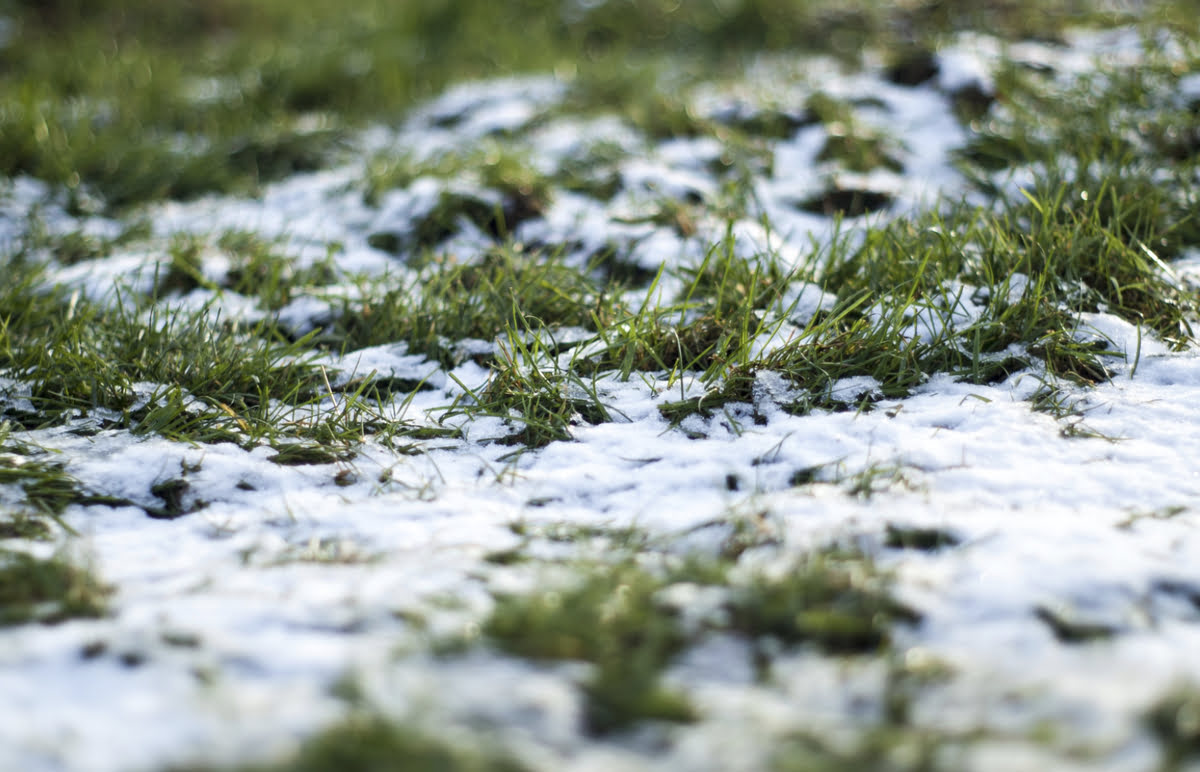
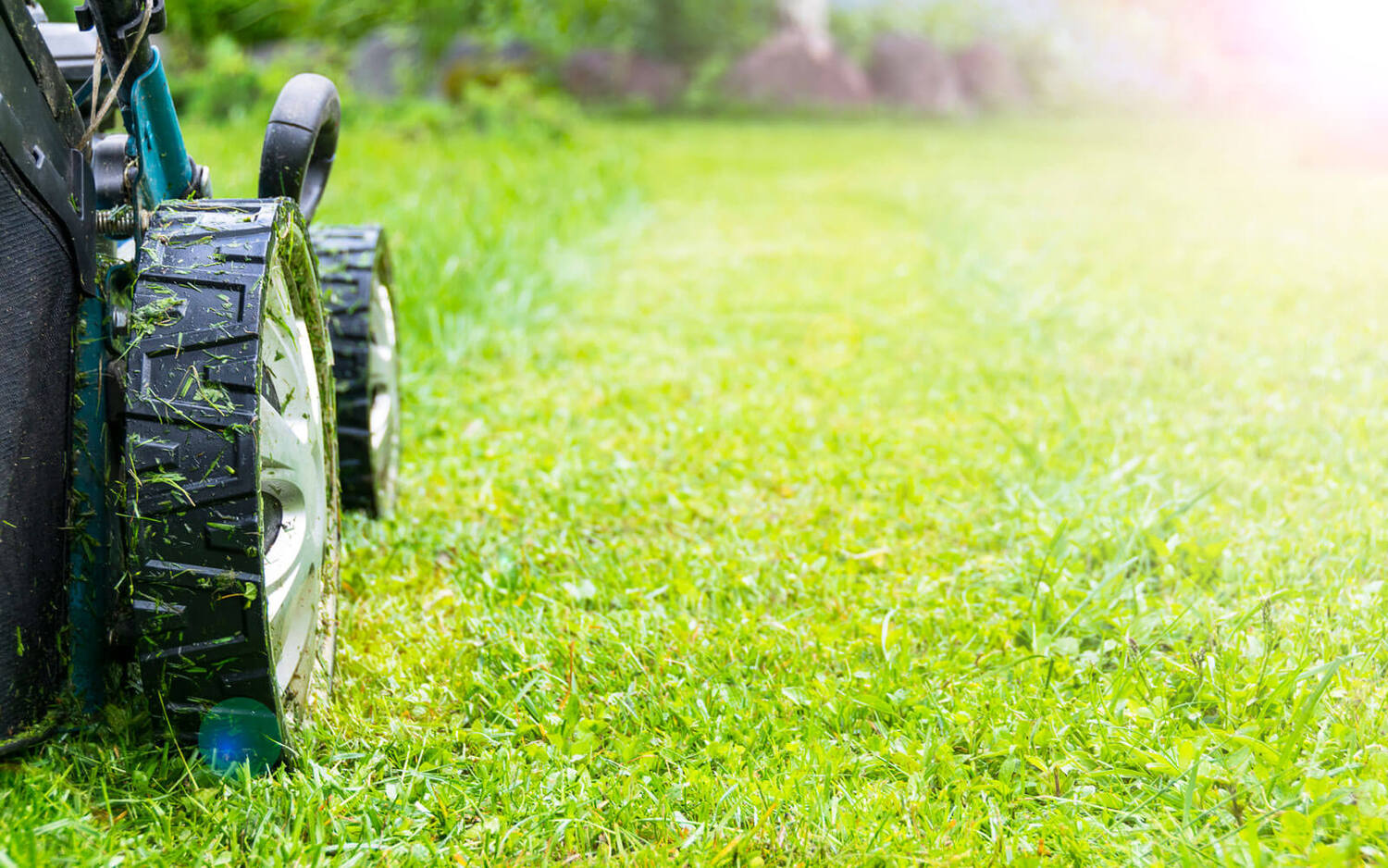
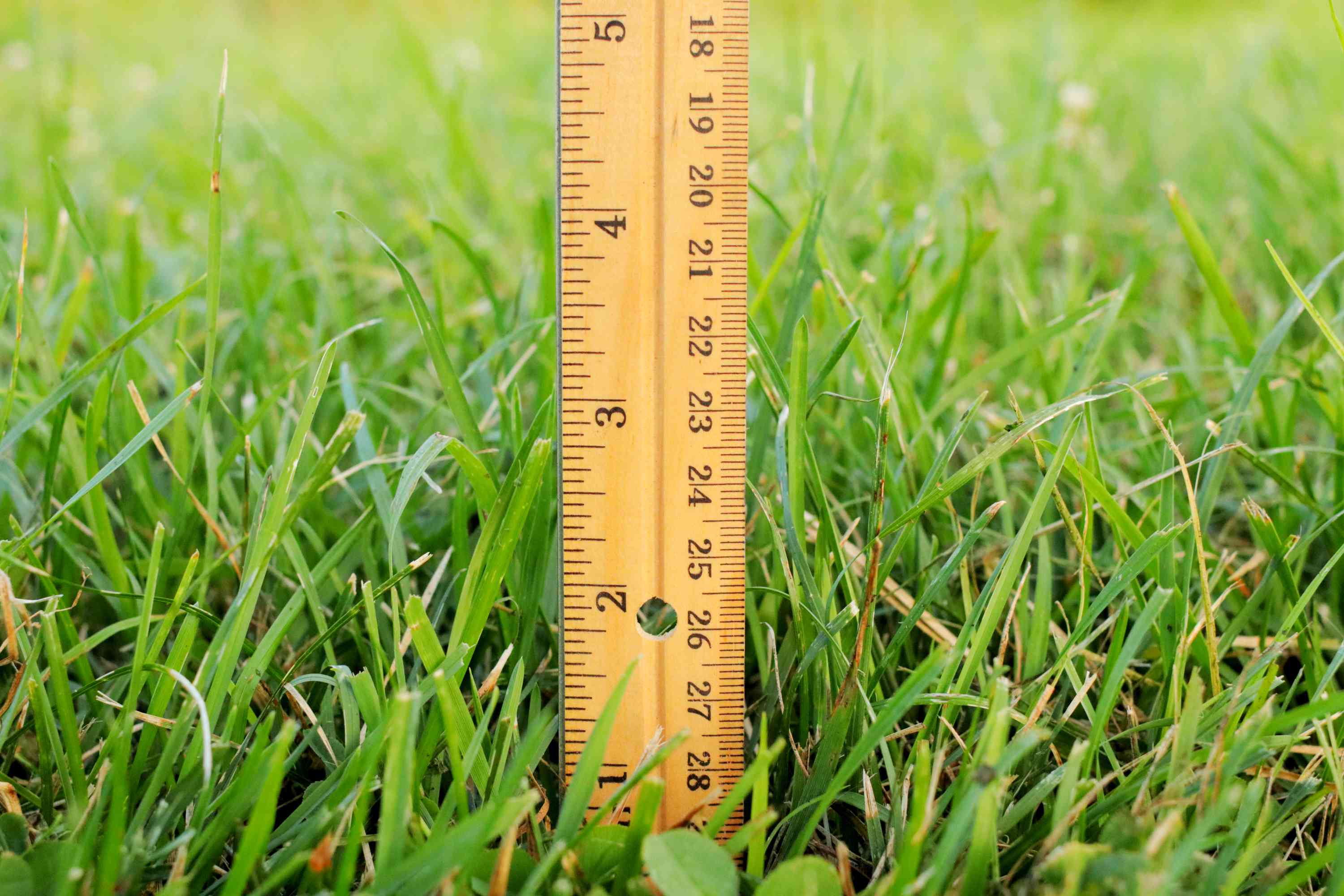

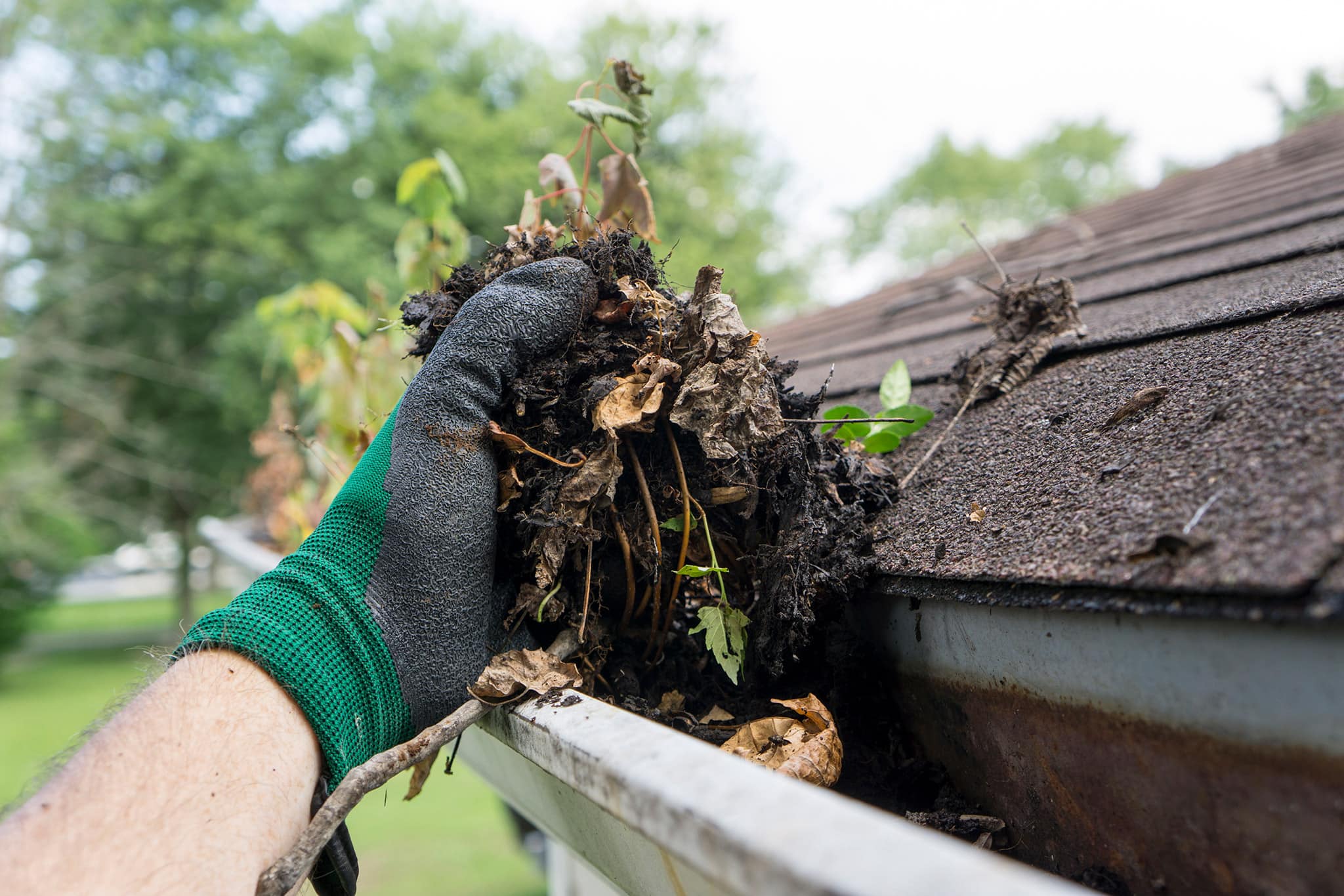


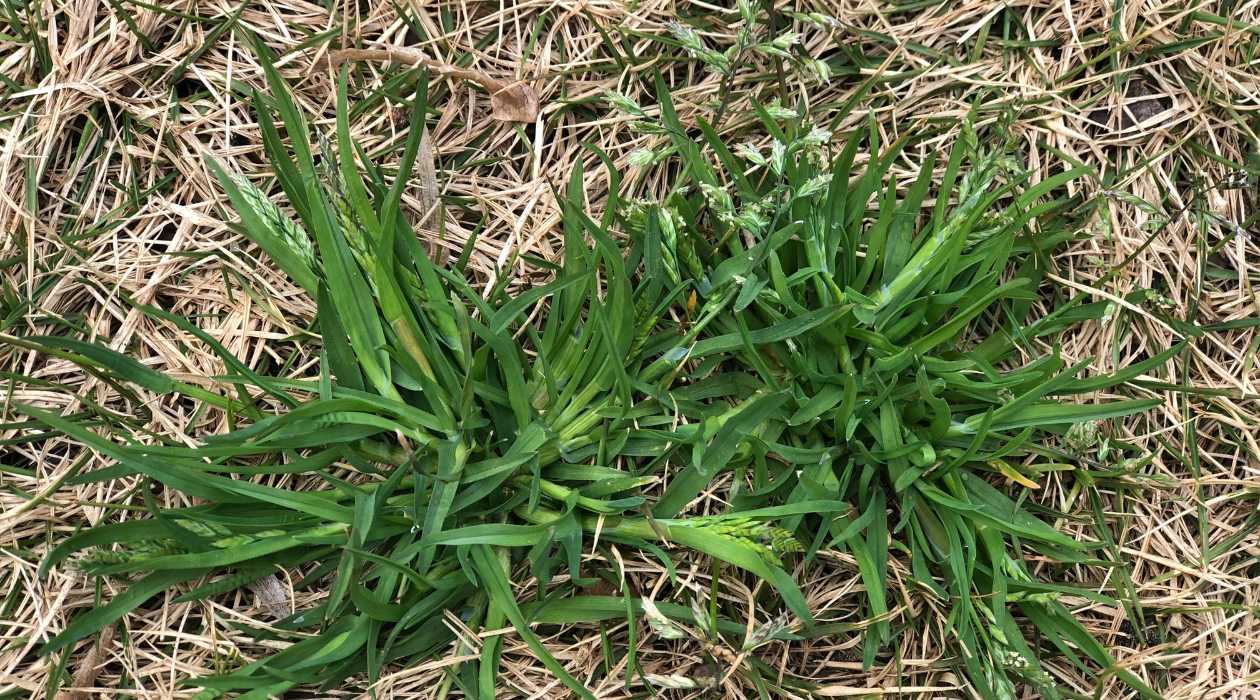
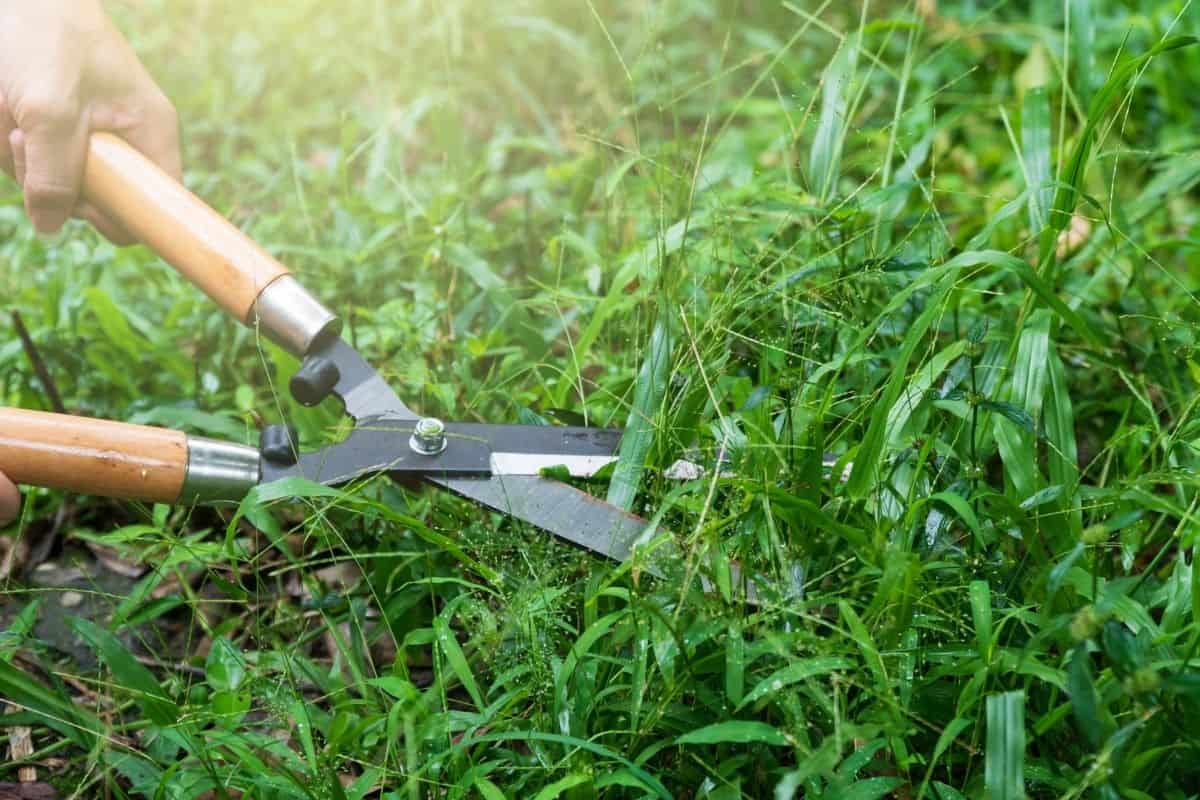

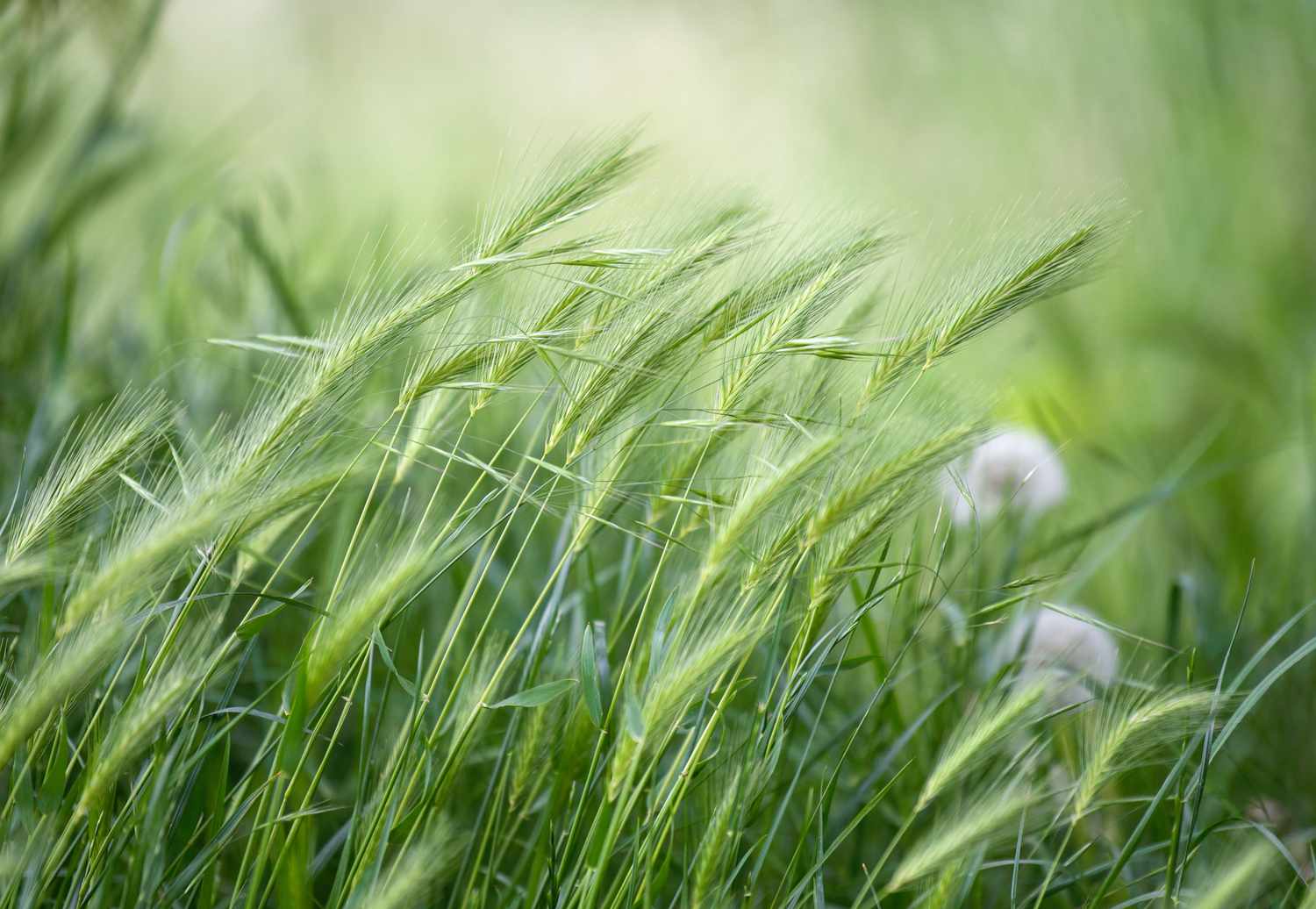

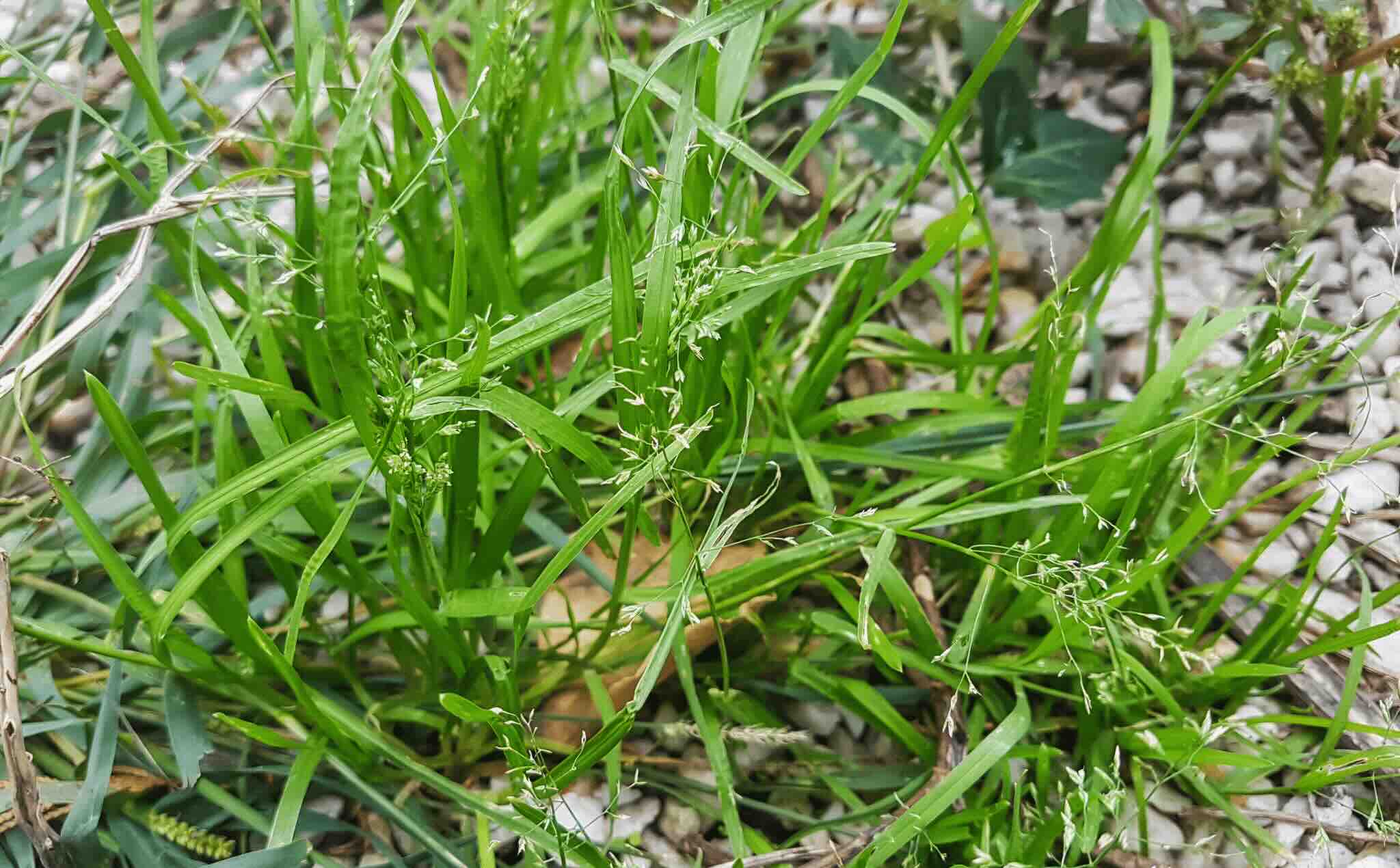
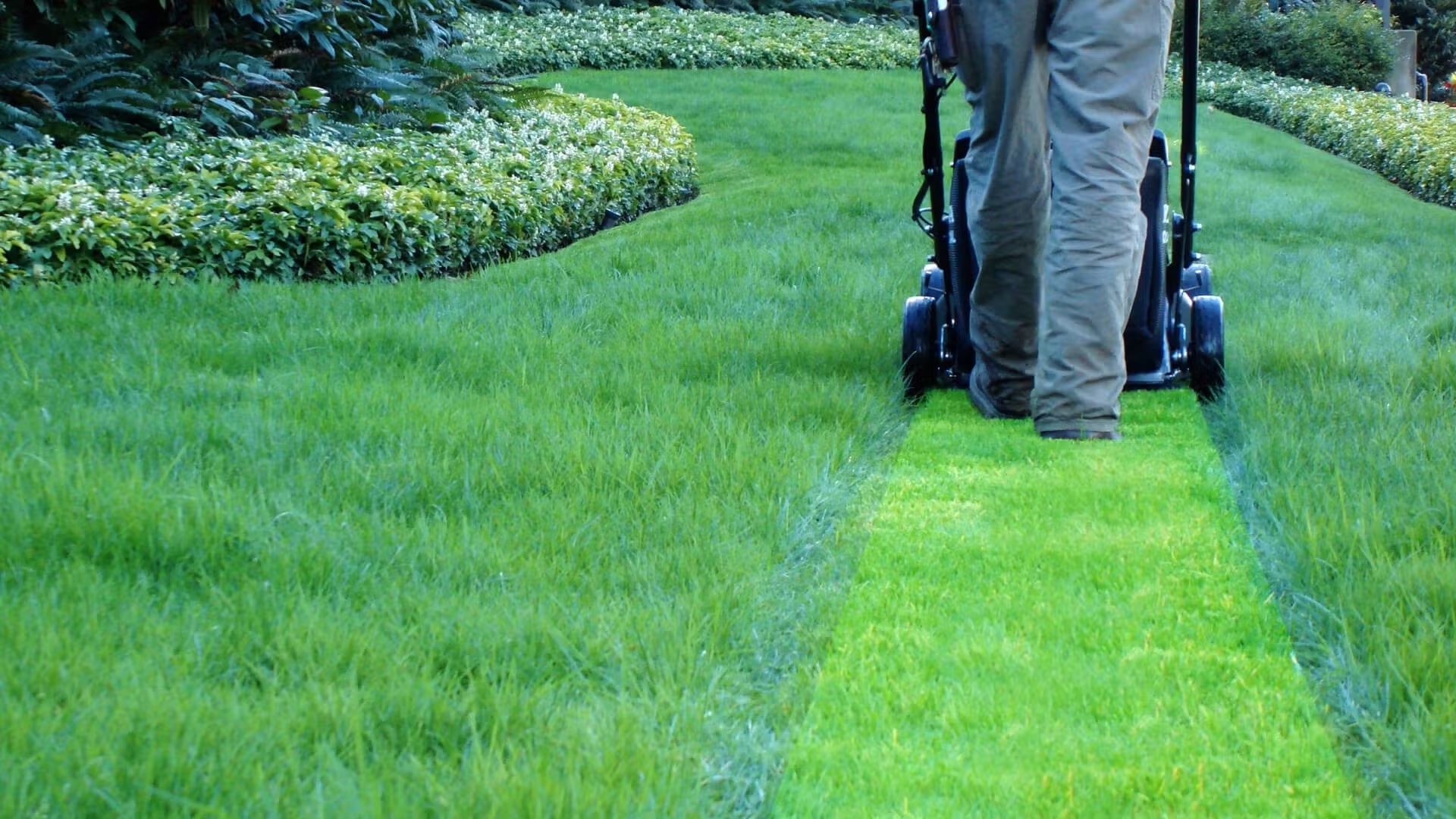

0 thoughts on “How Low To Cut My Grass Before Winter”